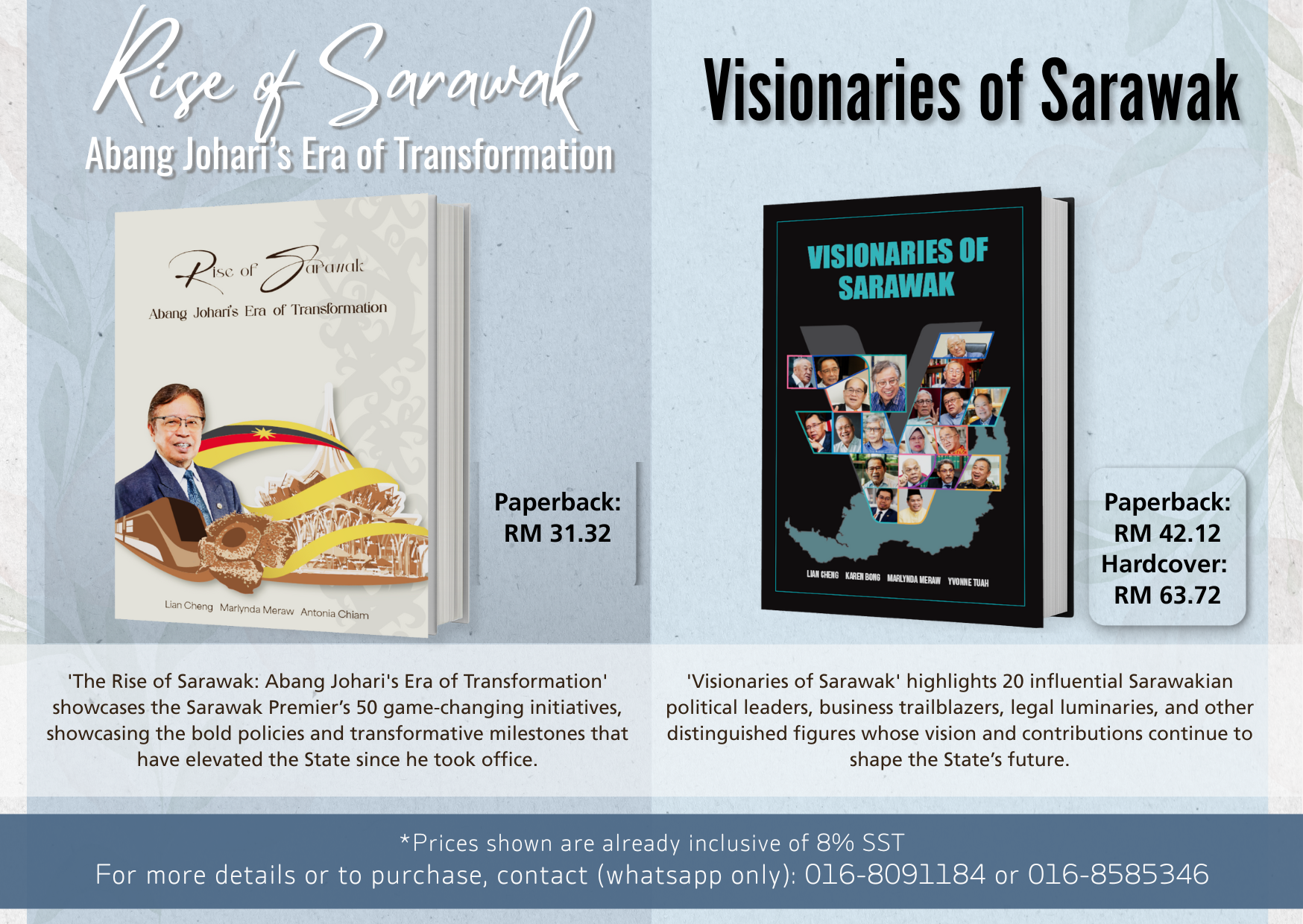
This work is originally published by Cahya Mata Sarawak. DayakDaily has been given permission to share this story on our platforms.
By Martin Yee, Kenny Ee, and Marlynda Meraw
SHE had a natural gift for throwing, a strength that would later send javelins soaring through the air and take her to the heights of international competition. But while athletics introduced her to the sporting world, it was on the tennis court that her name became more widely known. A dual champion in two very different sports, Vivien Chua’s journey is a tale of versatility, passion, and quiet triumph.
Born with a competitive spirit, Vivien’s athletic prowess first shone in the late 1960s when she emerged from her alma mater, St. Mary’s School, Kuching. The school was a hub of sporting activity, and it wasn’t long before Vivien’s talent in the javelin throw became apparent. From modest beginnings at her school’s annual sports day, she progressed to representing Sarawak at the Borneo Games, the Sarawak Amateur Athletic Association (SAAA) Championships, and even the Southeast Asian Peninsular (SEAP) Games, where she earned her place on the podium.

“I happened to take up the javelin,” she reflected modestly. “At that time, I guess I was the only one around who was good in the event.”
It was no understatement, as she claimed the title as the Sarawak javelin champion for four consecutive years— 1964, 1965, 1966, and 1967. Vivien’s dominance extended beyond Sarawak to the Borneo Games, where her closest competitors hailed from neighbouring Sabah. But she remained unrivalled, her throws consistently surpassing the field.
By 1967, Vivien had become a formidable name in Malaysia’s athletic circles. That year, she earned a bronze medal at the SEAP Games in Bangkok, marking her as one of Malaysia’s top javelin throwers. The medal was awarded by the King of Thailand, a moment she treasures deeply.

In the golden era of Sarawak athletics, Vivien stood among giants. Her contemporaries included middle-distance runners Chong Mei Ling (now Latifah Chong) and Lee Nyuk Moi, as well as high jumper Gladys Chai Ng Mei (now Gladys Chai von der Laage), who all blazed trails in their respective fields. Despite her success, Vivien remained grounded, supported by mentors like her uncle Lau Han Choon, and champions Joseph Lee Gut Hing and Chan Pak Weng. It was a time of camaraderie and growth, when athletes forged their paths without the guidance of specialised coaches, relying on their own discipline and the occasional visiting expert like American coach Bill Miller.
But for all her accomplishments on the field, Vivien’s true recognition came from an unexpected place: tennis. What started as a recreational sport quickly became her second calling. She honed her skills at the Sarawak Club, and due to her natural athleticism, she soon became a formidable player. Tennis opened doors that athletics had not—leading to job opportunities, such as her role with the Sarawak Economic Development Corporation (SEDC), where she was recruited to represent the organisation in tournaments like the Malaysian Government Servants’ Welfare and Sports Council (MAKSAK) Games.
Her transition from javelin thrower to tennis player showcased her versatility and determination to succeed in whatever she pursued. She even represented Sarawak in the prestigious Borneo Cup, further solidifying her status as a dual-sport champion.

Vivien’s life after sports was as fulfilling as her athletic career. She worked as a teacher, joined a law firm, and spent many years contributing to SEDC. After retiring in 2004, she shifted to a more relaxed pace of life, even taking up golf—a sport she light-heartedly called “an old man’s game.”
Though she has left the competitive world behind, Vivien continues to stay active. She exercises regularly and enjoys travelling, including recent visits to Canada to see her daughter Gwendoline, who, like her mother, was also a Sarawak tennis player.
Reflecting on her journey, Vivien recalled the excitement of competition and the joy of travelling, making new friends and discovering new places. “Actually, we were quite sakai (awestruck),” she joked, describing how, as young athletes, they were unfamiliar with international sports. Her memories, like travelling aboard the MV Keningau to Kota Kinabalu for the Borneo Games, were more than just about victories—they were about adventure and camaraderie.
Vivien’s story is one of quiet achievement and lasting impact. Her path from a schoolgirl with a knack for throwing to a celebrated dual champion is one that exemplifies the power of dedication and passion. Whether on the field or the tennis court, she left her mark—not with fanfare, but with the kind of grace and humility that defined true champions. –DayakDaily








